
It’s soccer Sunday, and cars are everywhere in Sámara and Puerto Carrillo. So are grills, beachcombers, and folks watching the sunset. Where can we go to escape all the people? We had the answer already: just 20 minutes from here (15 kilometers) there is a refuge for us – and for wildlife.
Camaronal National Refuge is a blend of arid beauty and silence. The sea is violent – waves can reach six meters in height – and you have to look hard to find some shade to escape the sun. However, among the dry forest full of pochote, wild cashew, saman, and laurel, and the Nicoya Peninsula’s warm waters, peace reigns.
You won’t find any grills, beer cans, or reggaeton here.
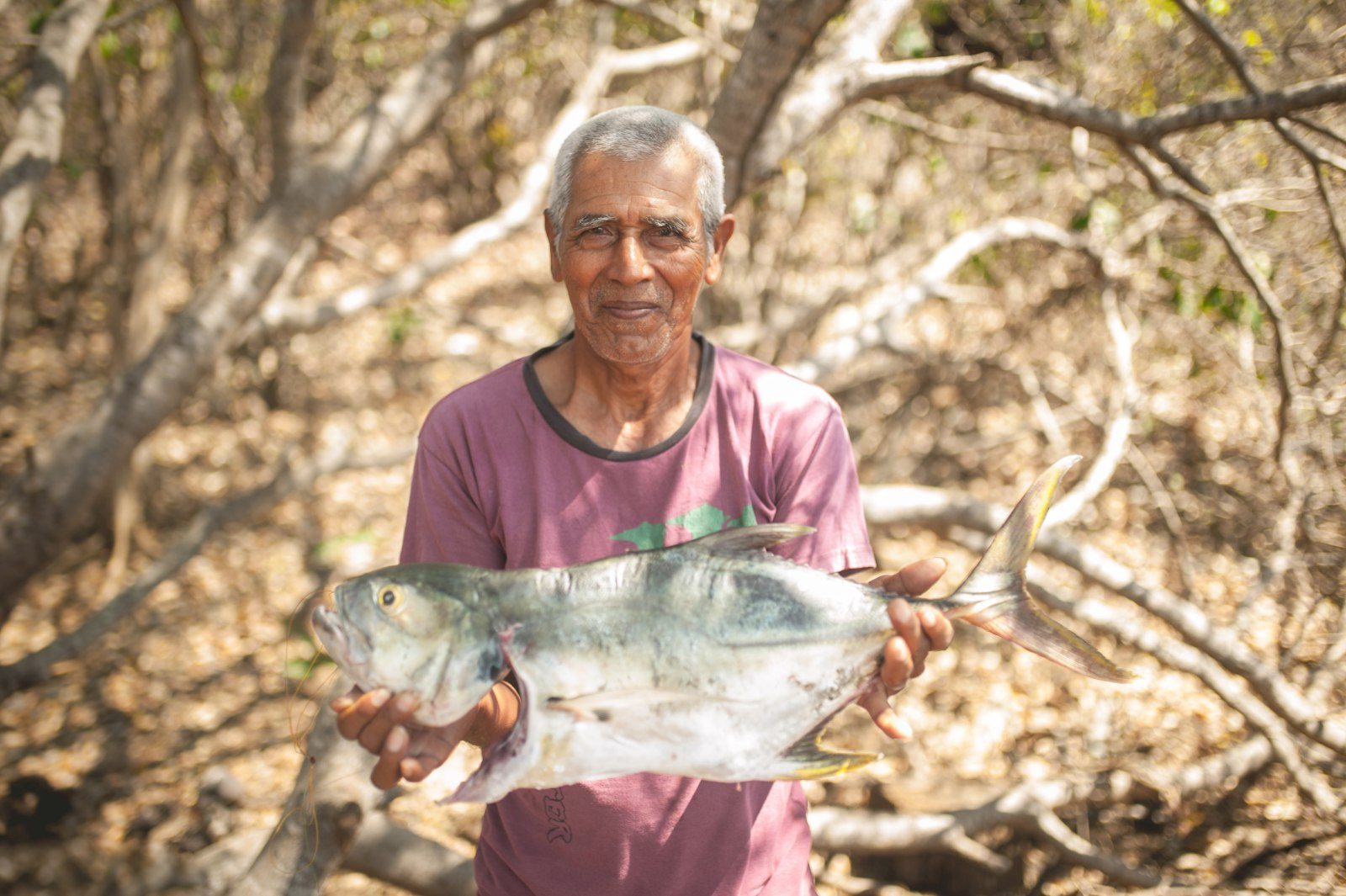
Santos Pérez shows off the mackerel he caught on March 26th.
Camaronal is part of the Tempisque Conservation Area. It gives refuge to the olive ridley sea turtles that come here to nest, as well as to howler monkeys, iguanas, coatimundi, raccoons, and dozens of species of birds.
The ocean is also rich in species such as pargo, sea bass, and mackerel, all of which you can catch with just a fishing pole or string. That’s how we found Santos Pérez and Brainer Farjado, two local small-scale fishermen who caught a couple of mid-size fish “because the sea was really choppy.”
Today there are few beachgoers Just two local families huddle under a sunshade made from blankets and a few foreigners look for big waves.
A Place For Helping
The other inhabitants of Camaronal tend to be foreign volunteers who help maintain green areas, signage, and artificial nests for turtle eggs, as well as participate in nighttime patrols.
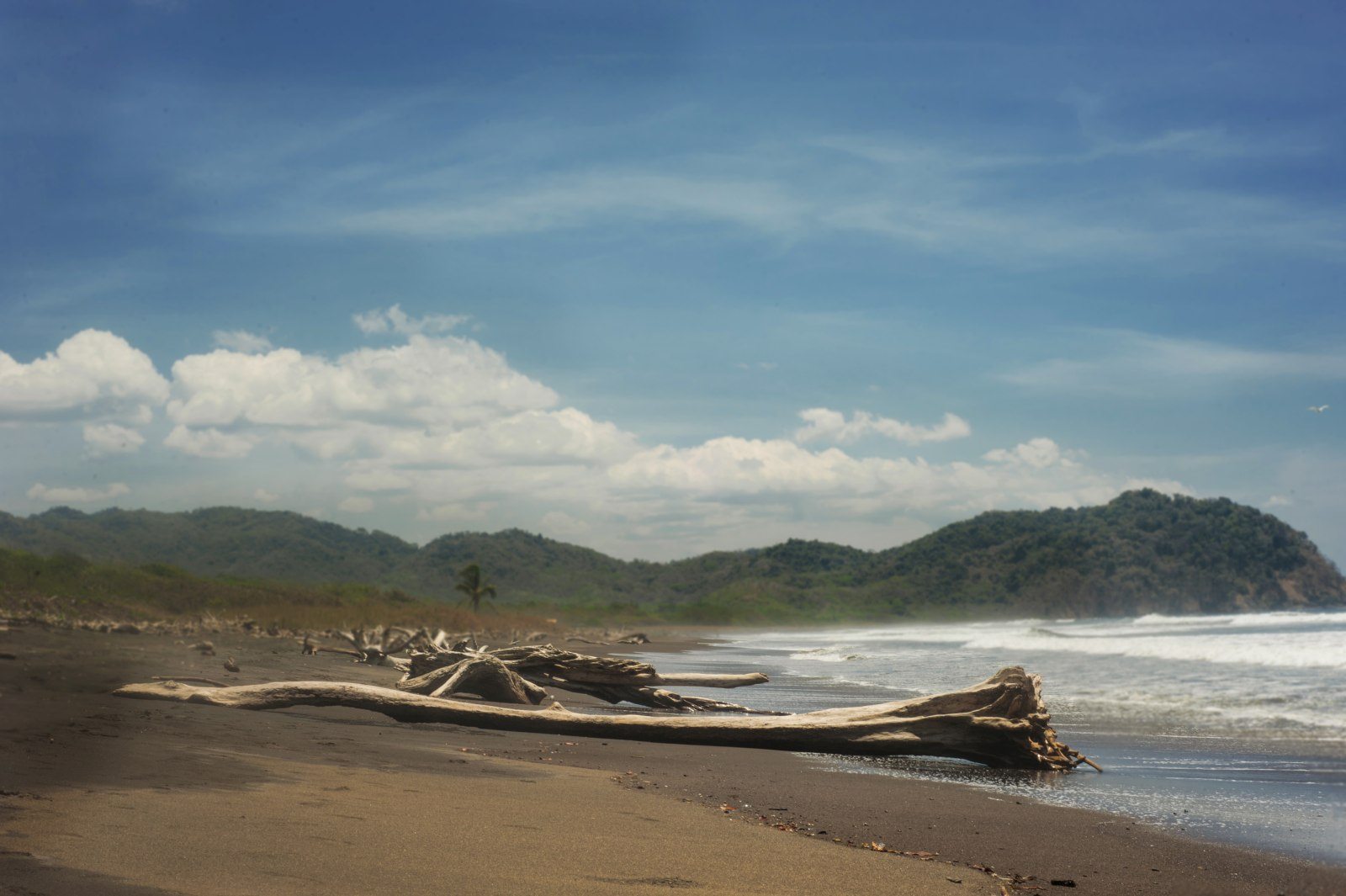
Being surrounded by tropical dry forest makes Camaronal the perfect place to escape from the party scene in Sámara and Carrillo.
Some also participate in schools’ environmental education and recycling programs, said Andrea Prendas, the head of the ACT’s volunteer program. The refuge can house up to 18 volunteers at once.
Prendas in in charge of placing and guiding them to the type of volunteer project that best fits their tastes and preferences.
If you’re not looking for a volunteer gig, you can also fish (with a license from Incopesca), hike along the refuge’s trails (which you can find along the beach), or meet the olive ridley turtles between 10 pm and 6 am, especially from August to November.
Campfires, feeding the animals, playing music on the beach, bringing alcoholic beverages, and pets are all prohibited.
What You Should Know
- Check out www.fundecodes.org for information on the ACT’s volunteer programs.
- You can also call Andrea Prendas at 2659-8375 and 8789-1303.
- If you’re traveling on foot, the bus goes to the village of Estrada. From there a taxi to Camaronal costs around ¢15.000 or $30.


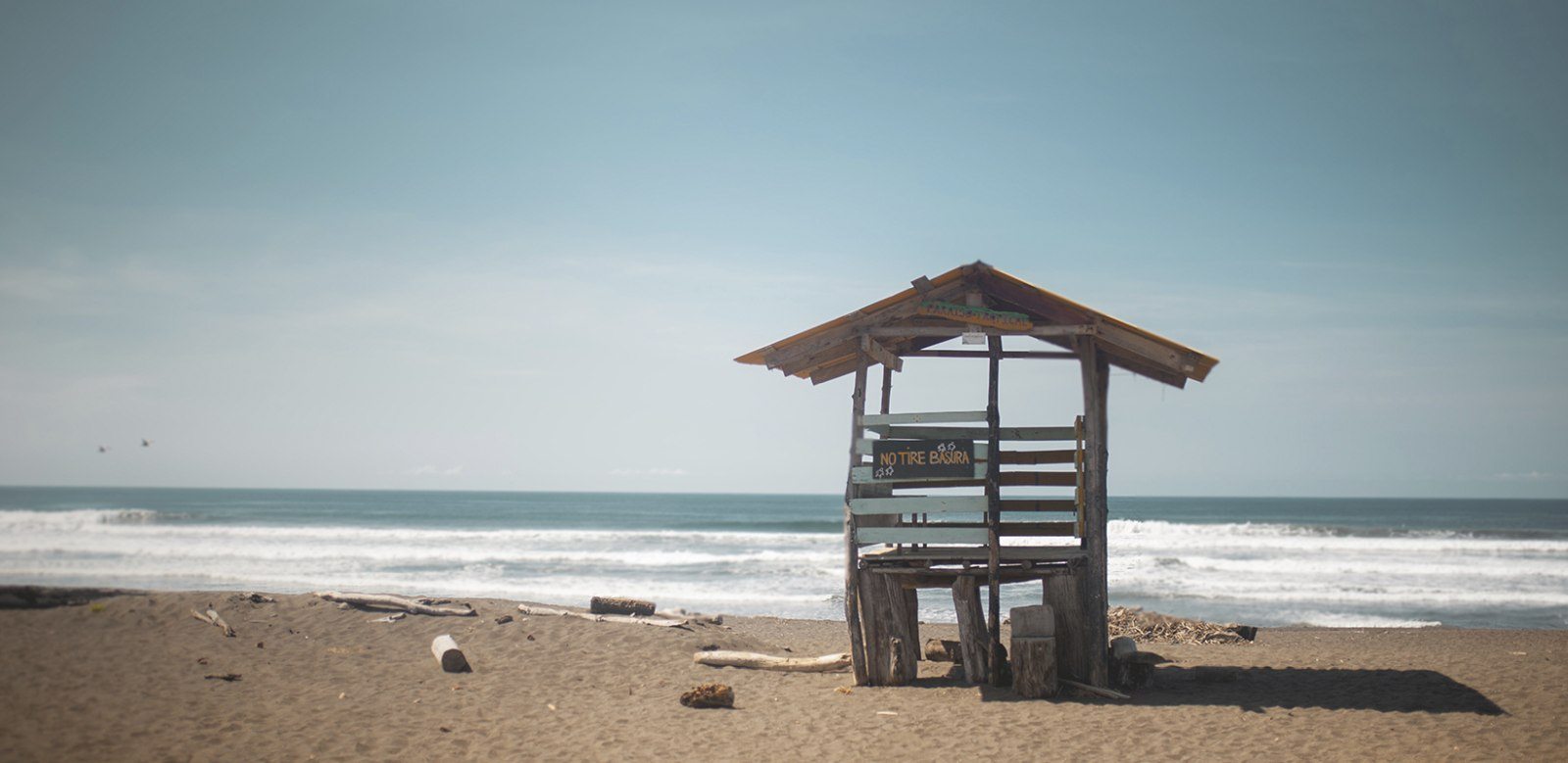
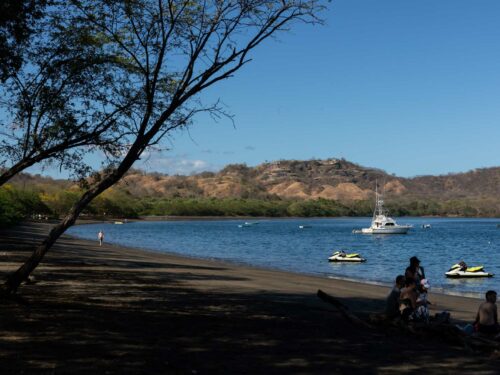
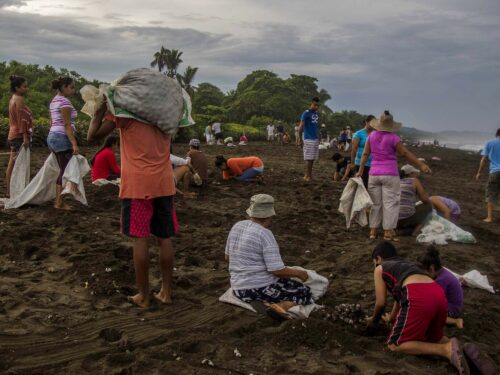
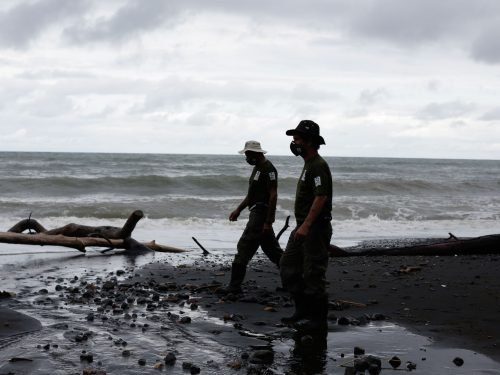

Comments